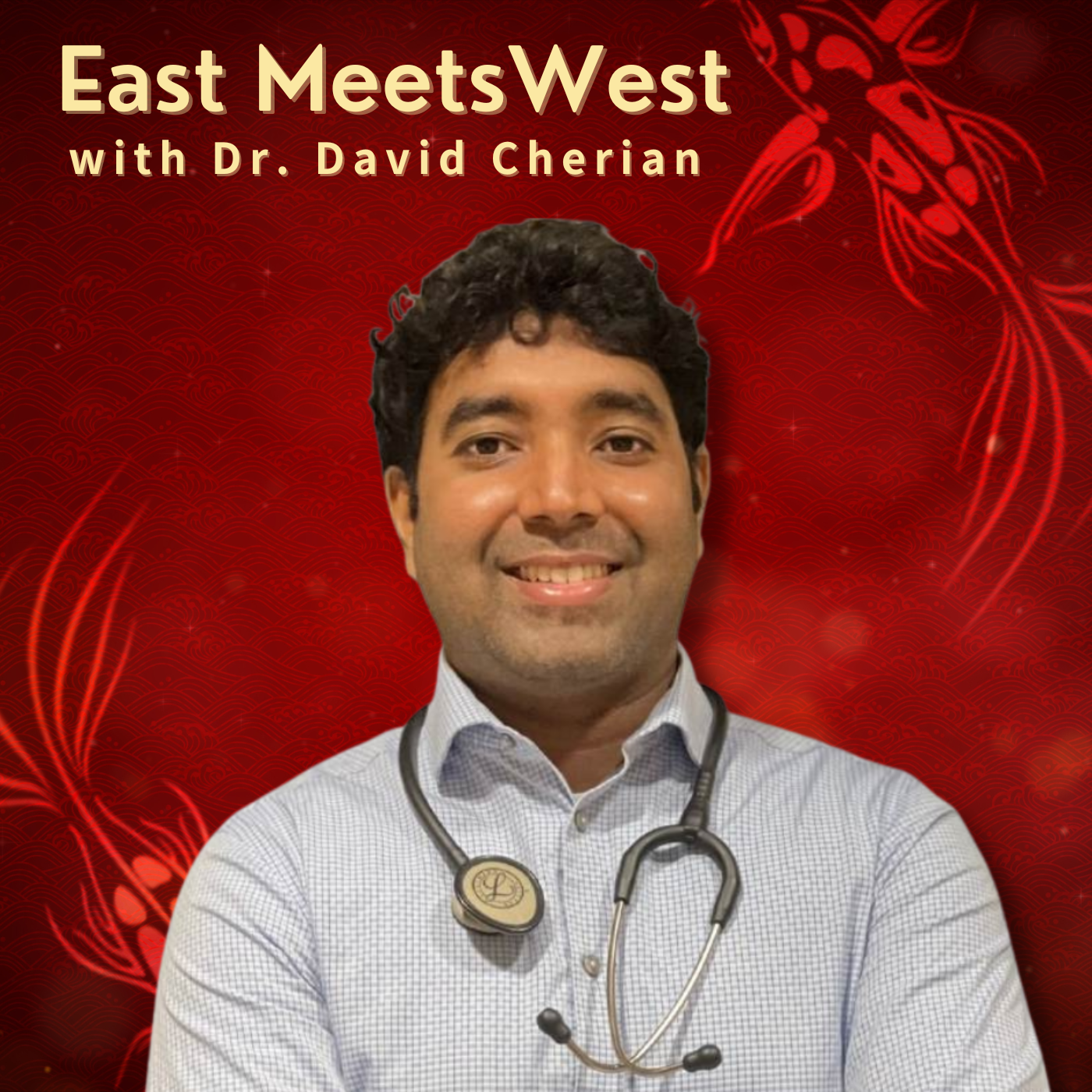Podcast: Play in new window | Download
Epilepsy is a common neurological disorder that’s characterized by excessive and unregulated electrical activity in the brain, resulting in seizures. Between seizures, there may be no symptoms of epilepsy present. However, an epileptic seizure can emerge suddenly and develop into a severe episode within minutes.
Epilepsy is a difficult condition for doctors to treat, as it is chronic and incurable. In fact, the diagnosis itself relies on the presentation of recurring seizures, so a diagnosis only explains what is already obvious – that the patient is suffering from sudden unregulated nervous activity.
Western allopathic medicine and eastern traditional medicine both have treatment protocols in place to alleviate epileptic seizures and symptoms. We’ll take a closer look at each of those treatment modalities and show how a combination of western and eastern medicine can produce optimal patient outcomes.
How Western Allopathic Medicine Approaches Epilepsy
Western medicine is also termed allopathic medicine by doctors. That’s because allopathic medicine refers to the use of medications and surgery to correct health disorders. In many cases, allopathic medicine is designed to restore quality of life and function, even if the underlying disease cannot be cured.
In the case of epilepsy, western medicine utilizes the following treatment modalities:
- Drug therapy – Anti-seizure medications are the first option for epilepsy patients, but there are many to choose from. This includes tranquilizers like clonazepam and lorazepam. It also includes valproic acid, topiramate, gabapentin, pregabalin, phenobarbital, cannabidiol, brivaracetam, and many others.Drug therapy is effective in many patients, but it may take a few tries before the doctor can find the right medication for the patient.
- Surgery, in some instances – In patients with drug-resistant epilepsy, surgery may be recommended to resolve seizures. The surgical team will first attempt to locate where seizures are originating from, and then remove that part of the brain. Depending on the patient’s age and the nature of seizures, a small part of the brain may be removed, or an entire hemisphere.
While these treatment methods can be effective in many patients – 70 percent of epilepsy patients eventually control their seizures through medication – they can also produce undesirable side effects that many patients have trouble dealing with. This may be why 30 to 40 percent of epilepsy patients do not take their anti-seizure medication as prescribed.
Some anti-seizure drugs, for example, produce drowsiness or gastrointestinal upset. Medications for seizures are also linked to congenital disorders, so epilepsy patients who are pregnant (or wish to become so) may not have the full range of anti-seizure drugs available to them.
How Eastern Traditional Medicine Approaches Epilepsy
Traditional Chinese medicine defaults to a whole-body approach when treating any condition. This is also true of epilepsy, where eastern medicine practitioners develop individualized treatment protocols for each patient. From the practitioner’s perspective, disorders like epilepsy are due to an array of factors that are unique to each patient, and therefore a unique treatment approach must be developed for each patient.
Although it may sound esoteric to people used to allopathic medicine, eastern medicine practitioners associate epilepsy with “wind.” Traditional medicine has a history of observing how the environment causes disease in people. Early on in its development, eastern medical practitioners believed that the wind itself could act as a pathogen, or at least carry pathogens with it that could produce disease. This was considered possible because humans are an extension of nature and therefore affected by its patterns.
Today, the concept of wind is used like an analogy instead of describing the origin, or etiology, of disease. In the case of epilepsy, Chinese medicine practitioners may state that the condition is caused by wind, specifically internal wind. What do practitioners mean when they say this?
- Epileptic seizures emerge suddenly – Like the wind, epileptic seizures emerge suddenly and usually with little warning. Brain activity may be baseline one moment and surge in intensity the next.
- Epileptic seizures can’t be pinpointed in the brain – Like the wind, which can change direction and intensity rapidly, there is rarely a single originating point for epileptic seizures. Instead, elevated brain activity influences the entire nervous system at once.
- Epileptic seizures can be influenced by environmental factors – Like the wind, which is affected by changing atmospheric conditions, epilepsy can be influenced by the environmental factors that affect us humans. This could include stress, temperature, stimuli, and other difficult-to-quantify factors.
With these ideas as the foundation, eastern medicine practitioners tailor their treatment methods in response. For epilepsy, eastern treatment options typically include a combination of acupuncture and herbal therapies, both designed to minimize the patient’s susceptibility to “wind,” or conditions that could provoke a seizure.
In addition to protecting the patient from wind, acupuncture and herbal treatments can help with pain, anxiety, and other symptoms associated with seizures.
Together, Western and Eastern Modalities can Support Better Epilepsy Patient Outcomes
Allopathic and traditional medicine both have answers for epilepsy, but these answers may work better when combined. For many patients, drug therapy can help control epileptic seizures. Surgery may be indicated in severe and drug-resistant cases.
Understandably, though, some epilepsy patients cannot continue drug therapy due to debilitating adverse effects. And brain surgery is an intimidating option for patients to consider.
For these patients, a combination of western and eastern treatments may be the optimal alternative. Eastern medicine can serve as an effective adjunct for allopathic modalities, helping epilepsy patients achieve greater relief from symptoms while reducing the impact of side effects associated with drug therapy. In this way, the entire body is fortified against epileptic seizures, not just the brain.
- What Does Acupuncture Do for Your Body? - September 26, 2025
- Finding a Licensed Acupuncturist in Houston - November 20, 2024
- Can Acupuncture Help with Weight Loss - October 28, 2024

